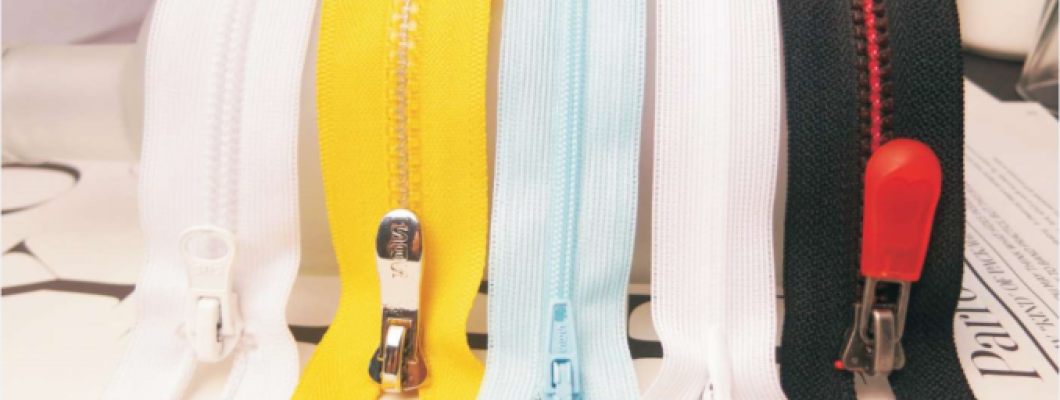
Often used in the context of dyeing in the textile industry, color fastness refers to the color resistance of certain materials to bleed or fade. In general, color fastness tests should be performed before cleaning products are used.
Color fastness can be basically classified as;
- Washing Fastness: It varies from Level 1 to Level 5. A higher level is indicative of better fastness.
- Light Fastness: In the textile industry, the light fastness of dyes ranges from Level 1 to Level 8.
- Rubbing Fastness :
Washing fastness Used for measuring color fastness in the zipper industry.
- Light Fastness,
- Color Transfer
- Soap Fastness
There are three important indexes, including . Let's get to know them closely.
Light Fastness
Light fastness refers to resistance to both sunlight and sweat stains. On the one hand, exposure to varying degrees of sunlight will cause a series of photochemical reactions that will degrade the structure of paints, causing discoloration and fading. On the other hand, sweat stains caused by sun exposure will lead to a weak acid or weak base condition which will adversely affect the light fastness of disperse dyes. This composition effect differs greatly from simple fastness to sun exposure or fastness to sweat stains.
Tips
It is important that consumers choose zippers with higher light fastness or choose ultraviolet treated zippers, both will ensure light fastness against compositional influence and zippers will retain their color for as long as possible.
Color Transfer
Special materials, including PVC, PE fabrics and various coated functional fabrics, complex production processes plasticizers, solvents, etc. It is often applied to the clothing manufacturing industry, which will cause some chemical additives to remain, such as Additives penetrate the interior. If they stay in contact with the fiber bands for a long time, it facilitates the diffusion of dye molecules from the inner layer of the fiber to the surface layer. In this case, white or light fabrics will stain easily.
Tips
It is important for consumers to double-check whether applied dyes can be better combined with polyester fibres.
Soaping Fastness of zipper tape
Soaping fastness is also an important indicator of color fastness, referring to the degree of staining effect exerted on monofilament or multifibre fabrics as dyed fabrics fade under certain washing conditions.
Zipper tapes are generally woven from 100% polyester fibers and dyeing is carried out at high temperature using disperse dyes. Theoretically, disperse dyes are dispersed on the inner layer of polyester fibers, and the dispersion concentration of dyes gradually decreases from the surface layer to the inner layer of the fibers, which means that more dye molecules are collected in the surface layer.
Soaping fastness depends on two conditions.
- The interaction force between dyes and fiber molecules. If there is a strong interaction, the dye molecules will not be easily washed off the fiber surface.
- Dye molecules remaining on the fiber surface during the finishing process. If proper handling was done during the finishing process, there will be a negligible amount of paint residue on the surface layer, indicating that soaping will not cause the zipper strips to fade easily.
Tips
There are different soaping standards, including the soaping temperature, which can range from 40 ℃ to 90 ℃, the detergents used and the corresponding soaping time. Different soaping conditions will result in different soaping fastness of zipper strips. In addition, intensive soaping will adversely affect soaping fastness.
In addition to choosing zippers with better soaping fastness, consumers should also pay attention to the following points during the washing process.
- Water temperature below 40℃ is recommended. Be sure not to use high temperature water.
- Neutral and weakly alkaline detergents are recommended, while excessively strong detergents should be avoided. Make sure you don't use too much detergent at once.
- Washing time should not exceed 30 minutes.
A small design detail used for both practical and functional purposes, zippers have a huge impact on the quality of finished products. If you are unsure of what type of zippers to choose for your products, contact our sales people.

Leave a Comment